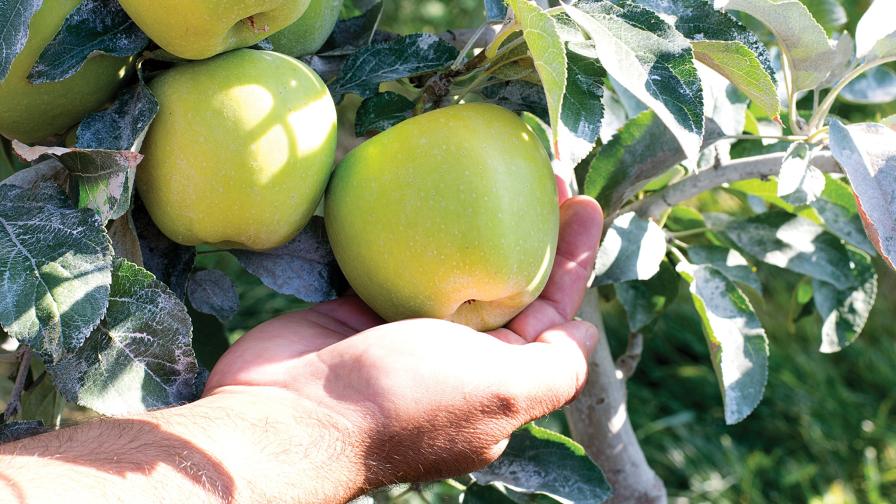Students Learn Research Principles While Raising Winter Tomato Crop
Students at high schools in Rowan County have been immersed in a learning experience that takes them beyond their textbooks. Instead of reading about scientific test trials on agricultural crops, they actually performed the trials themselves, with oversight from North Carolina State University’s Dr. Jeremy Pattison. Pattison is a faculty member of the Department of Horticultural Science and the Plants for Human Health Institute, located at the North Carolina Research Campus.
Greenhouses at four high schools — South Rowan, West Rowan, Jesse Carson, and East Rowan — were teeming with greenhouse tomato plants as part of a regional study, “Optimizing Winter Tomato Production.” These plants also provided an added bonus: after they are harvested and weighed, they were be sold as a fundraiser.
The tomato project is an outgrowth of a strawberry data collection project the students participated in with Pattison, who is a strawberry breeder, during 2012. Because strawberries don’t begin yielding until April, Pattison and the teachers developed an experiment studying winter greenhouse tomato production. Each of the four schools is growing four different varieties, which they planted in November. Each school was responsible for studying a specific horticultural practice.
South Rowan High School studied sucker control and its effect on fertility and yield. West Rowan learned about fertility with different amounts of nitrogen. Jesse Carson High stuided different pot sizes and how that affects plant growth. East Rowan tackled the topic of different transplant sizes to determine how that may impact yield.
According to Pattison, they designed the trials to mimic what they would do if they were part of an actual tomato production program. “We’re training the next generation of scientists,” said Pattison. “This increases the rigor of their curriculum, exposing them to real-world science. We’re focused on teaching the scientific method and its applications in agriculture. We teach them scientific principles such as generating a hypothesis, experimental design, data collection and analysis, and summarizing results. We want them to understand why we set up a trial a certain way, how to collect data, and how scientific conclusions are made.”
On any given day, students with their scientific journals were studying their plots and taking notes on what they observe about their respective trials — notes such as the weather, insects, damage to the leaves, and other general observations. As many as 400 agricultural students from the four schools interacted with Pattison and the research program.
“I like the experience the tomato project gives to students like me,” said MacKenzie Catanese, a South Rowan student. “I have been very active in the school’s FFA and agriculture program, but it has always been on the animal side of things. This project gives me the opportunity to have a more well-rounded agriculture experience.”
The Rowan Salisbury School System was awarded a $10,000 grant through America’s Farmers Grow Rural Education, sponsored by the Monsanto Fund. The grant funded improvements to the research infrastructure, which includes an irrigation system and other greenhouse technology upgrades.
A video that showcases how “Agriculture Brings Science and Math Alive” highlights how Pattison, local high schools, and the Piedmont Research Station work together. It can be viewed at www.plantsforhumanhealth.ncsu.edu.









